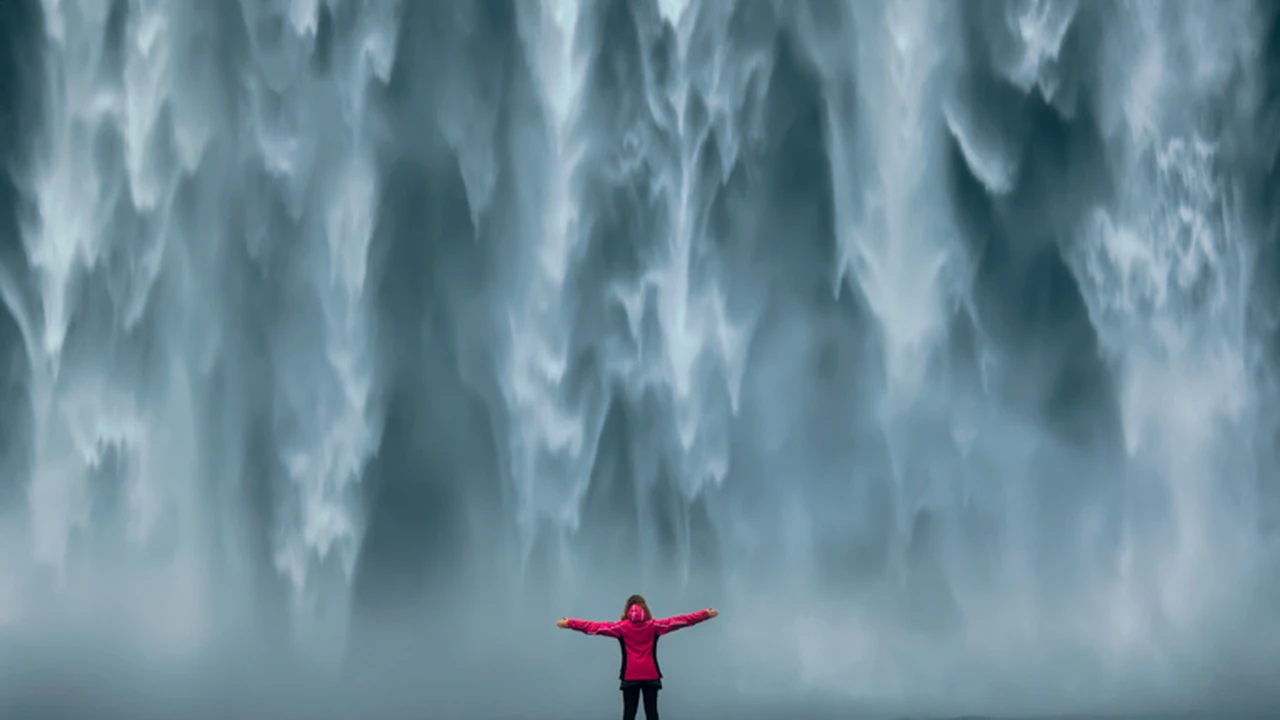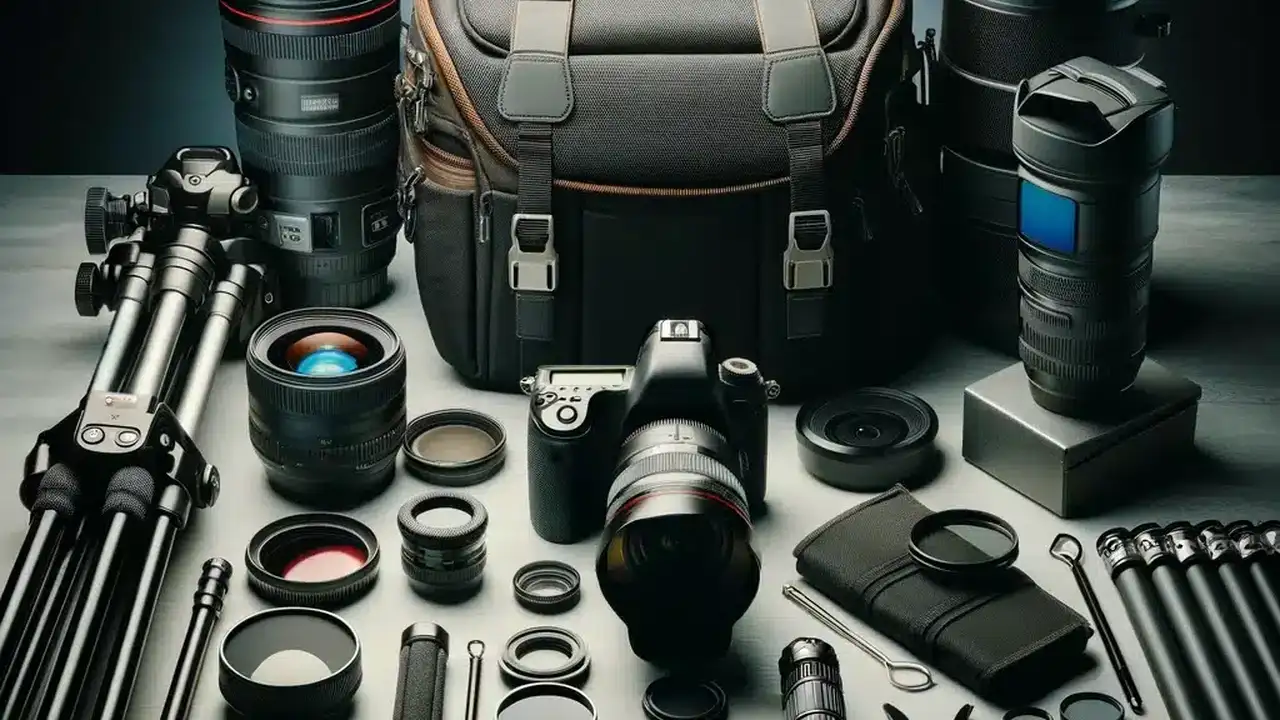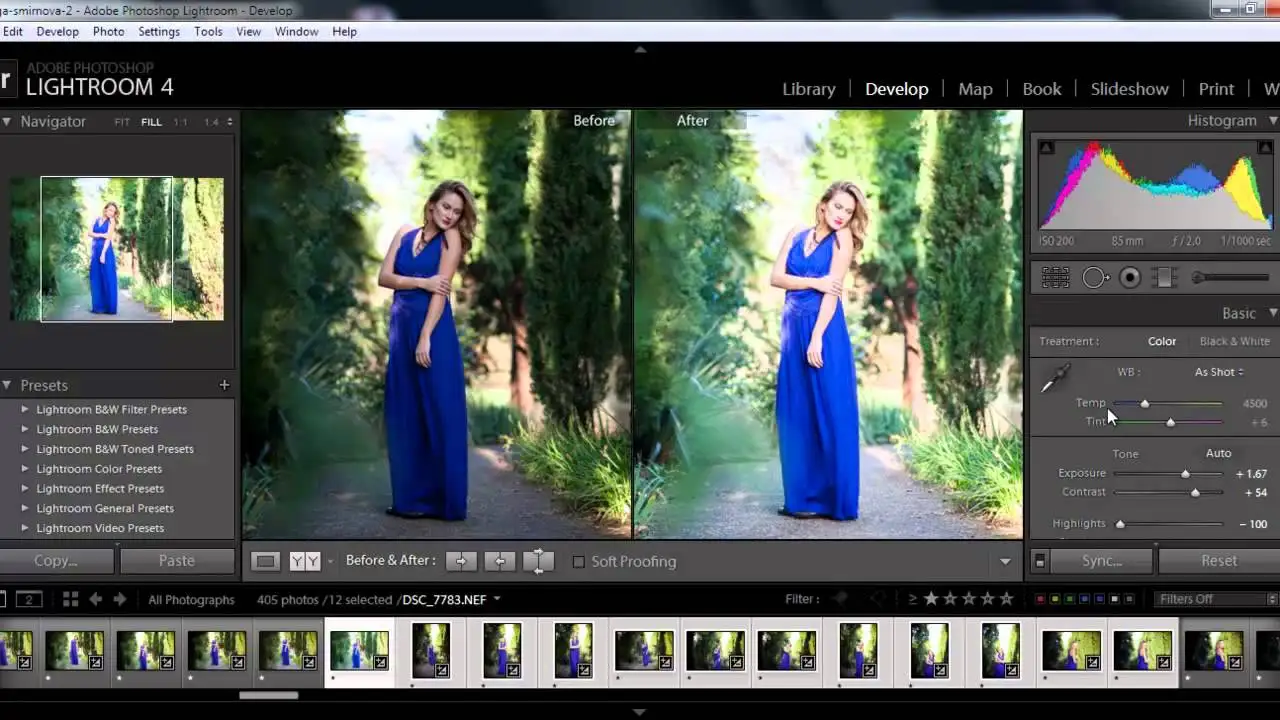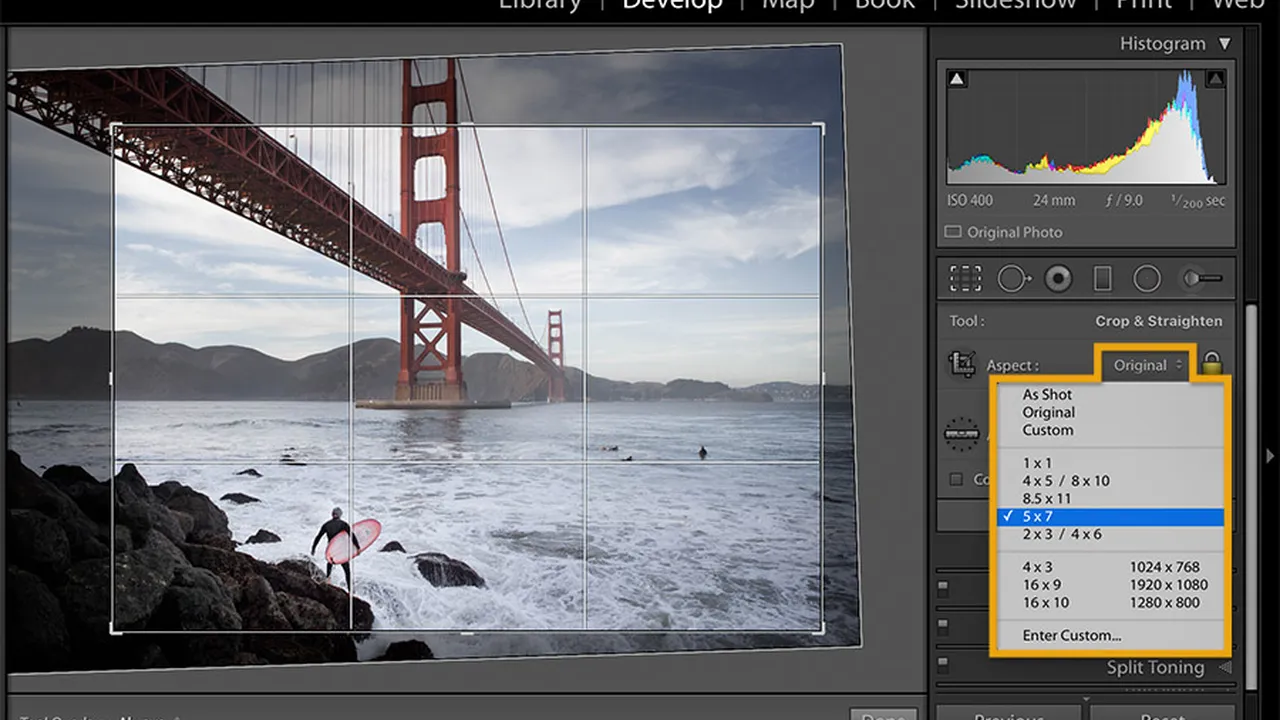Creating a Sense of Scale: Showing the Size of Your Subject
Creating a sense of scale in photography is crucial for conveying the true grandeur and impact of your subject. This technique involves incorporating familiar objects or elements into your composition to provide a visual reference point for the viewer. By understanding and mastering the art of scale, you can transform ordinary scenes into extraordinary images that capture the imagination. This article will explore the techniques involved in creating a sense of scale, offer practical advice for implementation, and recommend specific products to enhance your photography.

Understanding Scale in Photography: Key Concepts and Techniques
Scale in photography refers to the relative size of objects within a scene. When we look at a photograph, our brains instinctively compare the size of various elements to each other. By strategically including objects of known size, such as people, vehicles, or trees, we can provide a clear indication of the scale of the main subject. This is particularly important when photographing landscapes, architecture, or any subject where size is a significant factor.
One of the most common techniques for creating a sense of scale is to include a human figure in the frame. People are universally recognizable and their average height is generally known. By placing a person near a large object, such as a mountain or a skyscraper, the viewer can easily grasp the immense size of the subject. Similarly, a small object, like a flower, can be emphasized by placing it next to a larger object, like a rock.
Another important aspect of scale is perspective. Objects appear smaller as they recede into the distance. By using perspective effectively, you can exaggerate the size of distant objects and create a more dramatic sense of scale. For example, if you are photographing a mountain range, try to find a vantage point where the mountains appear to tower over the foreground. This will create a visual illusion that makes the mountains seem even larger than they actually are.
Consider the placement of your scale elements. A person standing directly at the base of a towering waterfall will instantly communicate the waterfall's height. A lone figure silhouetted against a vast desert landscape emphasizes the emptiness and scale of the environment. Think about the story you want to tell and how the placement of your scale element contributes to that narrative.
Choosing the Right Scale Element: People Animals and Objects
The choice of scale element depends on the subject you are photographing and the message you want to convey. People are a versatile option, as they can be easily positioned and directed to create a desired effect. Animals can also be effective, particularly when photographing wildlife or landscapes. Objects, such as vehicles, buildings, or even natural features like trees, can also be used to provide a sense of scale.
When using people as scale elements, consider their clothing and pose. Brightly colored clothing can help them stand out against the background, while a thoughtful pose can add interest and depth to the composition. For example, a person looking up at a tall building can emphasize its height and grandeur.
Animals can add a sense of life and movement to your photographs. When photographing landscapes, try to include animals in the foreground to provide a sense of scale and context. For example, a herd of sheep grazing in a field can help to convey the vastness of the landscape.
Objects can be used to create a sense of scale in a variety of situations. A small car parked next to a large building can emphasize the building's size. A small boat floating on a large lake can convey the lake's vastness. Choose objects that are relevant to the subject and that will help to tell a story.
Photography Equipment for Enhancing Scale: Wide Angle Lenses and Tripods
Certain types of photography equipment can be particularly helpful for enhancing scale. Wide-angle lenses are ideal for capturing sweeping landscapes and emphasizing the size of distant objects. Tripods are essential for ensuring sharp images, especially when shooting in low light or using long exposures.
A wide-angle lens allows you to capture a wider field of view, which can be helpful for emphasizing the size of landscapes and architectural subjects. When using a wide-angle lens, be mindful of distortion, which can exaggerate the size of objects in the foreground. Experiment with different focal lengths to find the best balance between scale and distortion.
A tripod is essential for ensuring sharp images, especially when shooting in low light or using long exposures. A tripod will also allow you to use smaller apertures, which can increase the depth of field and keep more of the scene in focus. This is particularly important when photographing landscapes with a wide-angle lens.
Beyond the basics, consider graduated neutral density (GND) filters. These filters darken the sky, allowing you to properly expose both the sky and the foreground, crucial when capturing vast landscapes where the sky is much brighter than the land. Polarizing filters can also reduce glare and enhance colors, adding depth and richness to your images, further emphasizing the scene's grandeur.
Product Recommendations: Lenses Filters and Tripods for Scale Photography
Here are some specific product recommendations to help you capture stunning images with a strong sense of scale:
- Lens: Sigma 14mm f/1.8 DG HSM Art for Sony E: This ultra-wide-angle lens is perfect for capturing expansive landscapes and emphasizing the size of distant objects. Its fast aperture allows for excellent low-light performance. Price: Around $1600. Use Case: Ideal for astrophotography landscapes with foreground elements to emphasize scale. Comparison: Compared to the Sony FE 12-24mm f/2.8 GM, the Sigma is sharper at f/1.8 but lacks the versatility of the zoom.
- Lens: Tamron 17-28mm f/2.8 Di III RXD for Sony E: A more affordable wide-angle zoom lens that offers excellent image quality and versatility. Its compact size makes it ideal for travel. Price: Around $900. Use Case: Great for travel photography where size and weight are a concern while still needing a wide field of view. Comparison: Lighter and more affordable than the Sony 16-35mm f/2.8 GM, but with a slightly narrower focal range.
- Filter: NiSi 100mm System Filter Kit: This kit includes a range of filters, including graduated neutral density filters and polarizing filters, which can help you to enhance the colors and contrast in your landscape photographs. Price: Around $400. Use Case: Essential for landscape photography, especially when dealing with bright skies and contrasting foregrounds. Comparison: More affordable than Lee Filters, but with comparable quality.
- Tripod: Peak Design Travel Tripod: A lightweight and compact tripod that is perfect for travel photography. Its innovative design makes it easy to set up and use. Price: Around $350. Use Case: Ideal for travel and hiking where weight and size are critical. Comparison: More compact than the Manfrotto Befree Advanced, but with a higher price tag.
- Drone: DJI Mavic 3 Pro: For truly unique perspectives on scale, a drone provides unparalleled opportunities. The Mavic 3 Pro with its multiple cameras (including a medium telephoto) allows you to create stunning images showcasing the relationships between different elements in a scene. Price: Around $2200. Use Case: Capturing expansive landscapes and architectural scenes from unique aerial perspectives. Comparison: Offers superior image quality and flight time compared to the DJI Air 3, but at a higher price point.
Compositional Techniques for Emphasizing Scale: Leading Lines and Foreground Interest
In addition to using scale elements, there are other compositional techniques that can help you to emphasize scale. Leading lines can draw the viewer's eye towards the main subject and create a sense of depth. Foreground interest can add context and scale to the scene.
Leading lines are lines that guide the viewer's eye through the photograph. They can be natural features, such as rivers, roads, or fences, or they can be created by the photographer, such as by using perspective or by arranging objects in a line. By using leading lines effectively, you can draw the viewer's eye towards the main subject and create a sense of depth.
Foreground interest refers to objects or elements that are placed in the foreground of the photograph. These objects can add context and scale to the scene. For example, a small flower in the foreground of a landscape photograph can emphasize the vastness of the landscape. A weathered fence post in the foreground of a mountain scene can add a sense of history and scale.
Experiment with different compositions to find the best way to emphasize scale. Try shooting from different angles and perspectives. Pay attention to the placement of your scale elements and leading lines. And don't be afraid to break the rules and try something new.
Post-Processing Tips for Enhancing Scale: Perspective Correction and Sharpening
Post-processing can also be used to enhance scale. Perspective correction can be used to correct distortion caused by wide-angle lenses. Sharpening can be used to enhance the details of the scene and create a sense of depth.
Perspective correction is a technique that can be used to correct distortion caused by wide-angle lenses. This can be particularly helpful when photographing architecture, where straight lines are important. Perspective correction can be done in most photo editing software, such as Adobe Photoshop or Lightroom.
Sharpening is a technique that can be used to enhance the details of the scene and create a sense of depth. Sharpening can be done in most photo editing software. Be careful not to over-sharpen, as this can create unwanted artifacts.
Consider using dodging and burning techniques to selectively lighten or darken areas of the image. This can help to draw the viewer's eye to the main subject and create a sense of depth and dimension. For example, you might darken the foreground to emphasize the brightness of the sky or lighten the distant mountains to make them appear closer.
:max_bytes(150000):strip_icc()/277019-baked-pork-chops-with-cream-of-mushroom-soup-DDMFS-beauty-4x3-BG-7505-5762b731cf30447d9cbbbbbf387beafa.jpg)






